Theme for WDC Taipei 2016 Adaptive City – Design in Motion Building a forward-looking city with design vision “Adaptive City – Design in Motion” is Taipei City’s core appeal in hosting World Design Capital 2016. How can we apply innovative “design thinking” to overcome the constraints that limited resources place on our city’s development, to pursue continual renewal and change in our urban governance, to create happiness in the lives of our citizens, to bring citizens a better quality of life in a livable city, and to create a forward-looking city with design vision? These are the goals and directions that Taipei City is constantly thinking about and seeking progress toward. Making “design thinking” a driver of urban development The introduction of “design thinking” is an important tool in our urban transformation and planning.Design is not only about outward appearance, styling and aesthetics. It is also a systematic method of analyzing issues and solving problems. Old ways of thinking about policymaking and governance are no longer adequate to meet today’s challenges. In the future, we will need more cross-disciplinary dialogue to guide us in addressing the newly emerging challenges of urbanization and globalization. When design thinking is extended into the realm of urban planning and becomes deeply embedded in our city, it will become a power that nourishes our city and drives its development. Facing up to four major development issues confronting Taipei Within our WDC theme of “Adaptive City – Design in Motion,” the development issues that Taipei faces today can be distilled into four strands: “Life Quality and Health,” “Ecological Sustainability,” “Urban Regeneration” and “Smart Living.” As well as inviting passionate design professionals to take part in policymaking discussions, the city government is also putting on a series of courses in design thinking for city officials, in the hope that by embracing “social design” thinking, we can bring an innovative spirit to urban governance. Citizen participation: Shaping a new model for urban development We firmly believe that cultivating modern citizens who are able to solve problems and practice design thinking can be a driving force to promote a city’s continual readjustment and evolution. Through the spirit of “social design,” we hope to let design become truly embedded in citizens’ lives, and to enable all our citizens to become creative seeds for communities, schools, and business districts, and actively push forward urban innovation. Through the joint participation of designers, city residents, and experts from different fields, we aim to realize the vision of a better quality of life and to turn Taipei into a livable city and a new role model for urban development. Taipei’s Urban Transformation Putting design thinking into action The reforming power of design thinking takes root in the city government In 2012, Taipei City became the first government entity in Taiwan to lay on a series of courses in design thinking for departmental heads, laying a foundation of design thinking among city administrators, and also doing the groundwork for Taipei’s bid to host World Design Capital, and enabling design thinking to gradually take root within the city government. Over the past two years, the Taipei City Government has also encouraged its various departments to invite designers and professionals from different fields, as well as citizens at large, to join in the collective, collaborative process of embedding design into city governance. To date, more than 645 interdisciplinary design workshops and project office brainstorming sessions have been held, with the participation of more than 800 designers and professionals from different fields. Forty-five bottom-up “Stir Design” projects and 26 top-down “Public Policy by Design” (PPD) projects have been initiated, broadening the role of design in public affairs and achieving genuine urban innovation through the involvement of designers. Two-track urban transformation movement boosts user needs awareness in public policymaking From the start of Taipei’s WDC bid process, we clearly defined the WDC project as a collective transformation movement for the city of Taipei. Therefore to broaden opportunities for participation we set up an operating platform with two mechanisms: a “top-down” approach whereby city government agencies invite designers to participate, and a “bottom-up” approach that encourages private-sector organizations to get involved on their own initiative. This two-track model aims to maximize the power of mobilization for participation. The top-down “Public Policy by Design” project is not only the first such initiative in Taiwan, but is also a thoroughgoing expression of the spirit of applying “design” to urban governance and transformation. During the planning stage of all kinds of public policies, the city government commissions professional design workers such as industrial designers, architects and graphic designers to participate in the planning process by conducting cross-disciplinary integration and thinking on the basis of users’ needs, in order to develop policies that more closely meet users’ needs. For the bottom-up approach, on the other hand, through the “Stir Design” project we invite citizens, designers, design firms, and design-related educational institutions and departments, as well as related non-profit organizations, to take the initiative to put forward their own innovative proposals to bring design into various urban issues, to join with us in advancing Taipei’s urban transformation movement. In 2013, public attendance at Stir Design project events reached more than 400,000, and 730 designers and 255 design-related businesses took part. WDC bid video garners red dot and iF awards The video starts with an animated sequence of modern maps and images that show the thread of Taipei City’s development and express the overarching theme of an Adaptive City that has undergone a continuous process of growth and metamorphosis. The film features interviews with 11 internationally known designers, artists and cultural workers from various fields, including Lin Hwai-min, Ju Ming, Tong Yang-Tze, Chen Jun-Liang, Ray Chen, Chen Wen-Long and Shiatzy Chen. It stresses the concept of “design is for people,” and lets designers, products, and the city itself tell their own stories, bearing witness to Taipei’s uniquely nourishing cultural soil. A total of seven minutes in length, the video shows a unity of style from beginning to end, and its flowing images, superb animations, lively interviews and vibrant street scenes, accompanied by a strongly rhythmic musical soundtrack, vividly portray how Taipei is a city that loves design and has boundless design potential! The effort and care that the city government and the production team put into making this video was recognized by a 2013 red dot award in Communication Design and a 2014 iF award in Communication, further projecting Taipei design onto the international stage to rank together with world-class design works. WDC Taipei 2016 Bid Book Sketching Taipei’s urban evolution A Collectable International Bid Book Sketches Taipei’s Urban Evolution To prepare the international Bid Book that Taipei City presented for its application to host World Design Capital 2016, in the space of 10 months, including information gathering and discussions with 23 designers from many different fields, the project team compiled a work comprising 140,000 characters of Chinese text and 60,000 words of English, to comprehensively showcase Taipei’s rich local power in the fields of industrial, graphic, architectural and interior design and in terms of the city’s distinctive culture. The Bid Book is presented as a set of five scrolls, and features a highly distinctive binding method—“dragon-scale binding”—which is based on ancient Chinese bookbinding methods, while also incorporating modern design elements. The binding is so named because the book’s pages are glued in succession by one edge to the backing scroll, so that they overlap, giving the appearance of the scales of a dragon, which in Chinese culture is an auspicious magical beast. When a scroll is laid out flat it presents a complete “cover page” image, and the turn of each page also offers a new surprise. The Bid Book comprises five such “dragon-scale” scrolls. The cover page of Scroll I shows a work of calligraphy, 16 characters long, by the famous Taiwanese calligrapher Tong Yang-Tze. The words of the inscription, “ru qie ru cuo, ru zhuo ru mo, ru jin ru xi, ru gui ru bi” (“like cutting and filing, like chiseling and polishing”; “like gold or tin, like a jade scepter or a jade ring”), are quoted from a poem in the ancient Chinese anthology The Book of Songs. They allude to the adaptive spirit of continually pondering and reflecting, and constantly striving to improve. The cover image of Scroll II presents a dialogue between five masterpieces selected from the collection of the National Palace Museum, and five works of modern Taiwanese industrial design. Their juxtaposition represents how industrial design in the Chinese-speaking world continues the Chinese cultural heritage. The cover image of Scroll III shows a work by Jimmy, one of Taipei’s most influential illustrators. It is a mural in a style full of fantasy, with which Jimmy decorated an outside wall of the Pavilion of Dreams at the 2010 Taipei International Flora Exposition. In the mural, enormous colorful blossoms adorn the city, making it more vivid and lively. The cover image of Scroll IV presents in intersecting images and lines an interior design created for Eslite Bookstores by the well-known interior designer Ray Chen. The special design style symbolizes the cross-disciplinary character and the diversity of Taipei design. The cityscape with mountains and rivers that is the cover image of Scroll V shows Taipei at its most natural and primitive—an exquisitely valuable heritage. It symbolizes how in Taipei City at each place where design is practiced, and through our design power and orientation, we hope that through design we can make our city a better place, a constantly improving Adaptive City. To print the Bid Book scrolls we specially selected a textured paper developed in Japan and manufactured in Taiwan, which thanks to its special fibers has the feel of traditional Xuan calligraphy paper. The presentation case that contains the scrolls was created by local craftsmen from Moso bamboo, which grows abundantly in Taiwan, and the distinctive black serpentine jade of Hualien County in Eastern Taiwan. From inside to outside, from content to form, the five-scroll dragon-scale Bid Book and case gives the impression of a collectible artwork. Taipei’s meticulous care in preparing the Bid Book was also recognized with a 2014 iF award in Communication! Taipei Goes Out to the World Design networking, international friendship Thanks to the opportunities arising from our bidding to host World Design Capital, we have also actively forged links of friendship with cities internationally. For the Taipei World Design Congress in March 2014, we for the first time invited together in Taipei representatives from the past World Design Capitals—Torino, Italy; Seoul, Korea; Helsinki, Finland; and Cape Town, South Africa—to publicly share their experiences of how their cities’ faces were transformed through design. We also took the opportunity of exhibiting at well-known international exhibitions, such as Helsinki Design Week, Dutch Design Week, Design Indaba (Cape Town, South Africa), 100% Design (London, UK), designEX (Sydney, Australia) and Tokyo Designers Week, taking Taipei design onto the world stage and showcasing Taipei’s design power. We also worked with well-known design schools and design departments in Taipei to put on numerous international design workshops, inviting well-known international designers to Taiwan to share their ideas on creativity with students, to help local students gain a greater international perspective. In 2012, Taipei City also inaugurated a designers in residence project, which invites designers with different cultural backgrounds and design styles to Taipei for all kinds of design exchanges, in order to broaden the international influence of local designers. WDC Taipei 2016 Logo Taipei Signature Color The design of the WDC Taipei 2016 logo features a structured intersection of a latitude line and a longitude line, symbolizing a combination of rationality and emotion, and locating the coordinates of the livable city of Taipei among international cities. The brightly beaming cross-shaped star of light at the center meanwhile represents a lodestar guiding our city’s future development, with Taipei City as our core spirit, developing comprehensively in all directions, transforming the power of design into living cells for urban regeneration and, through the power of design participation, injecting a richer innovative vitality, and giving rein to the city’s greatest environmental values. As World Design Capital for 2016, Taipei has chosen purple as its signature color. Purple is created by blending red, yellow and blue: red for vitality and enthusiasm, yellow for cultural and creative activities, and blue for smart technologies, with the dual charm of being richly both unrestrained and elegant. It symbolizes Taipei as a design capital that has emerged from both cultural and human development and advanced science and technology, and fully symbolizes the city’s diverse development and constant striving for improvement. “Taipei City plays host to WDC 2016 and hopes to realize its vision through “design thinking”. One of the plans going forward is to engage its residents in discussion on the betterment of the city. The future of the capital lies in its ability to evolve, to adapt, to set the wheels in motion.”- WDC Key Visual System Design Tram The logo takes the form of an imperfect circle, a derivative of the WDC logo, with design elements in the state of reaching the final form. Three themed logos addressing on the ways the city can go forward are titled “Engaging the Community ”, “Connecting Information” and “A City Reborn”. An adaptive city, sets its designs in motion. 2016 WDC Taipei Timeline The Glory Moments of Taipei City Government bidding for WDC 2016 2 0 1 2 In the press conference responding to the World Industrial Design Day, it was announced that Taipei City would be actively expanding the incorporation of design into urban development, and the public were invited to collectively participate in carrying out a creative urban renovation project for the city’s bid for the title of World Design Capital 2016. During the press conference and designer night activities, we also called on everyone to describe their views on design in one sentence. In response to World Industrial Design Day, Taipei Mayor Hau Lung-bin wrote: “Beautiful Taipei, Creative Taipei;” whereas Liu Wei-gong, Director of Taipei City Government Department of Cultural Affairs, emotionally said: “Design is a way to fall in love with life.” In addition, more than 30 good design stores were interlinked, including well-known design stores《VVG Something》, 《Dragonfly》, 《Haus》, and 《Nordic》, the aim being to allow everybody to easily seek out exquisite design corners in Taipei. In order to win the support of other international cities, we particularly went to Helsinki, the city awarded the World Design Capital title for 2012, to participate in their Design Week exhibition. In the exhibition, Taipei exhibited a number of impressive design products under the theme “24+ hours in Taipei” to convey the message to travelers visiting Taipei that you will always have the feeling that the 24 hours in one day are never enough. Taipei Mayor Hau Lung-bin and Helsinki Mayor Jussi Pajunen cosigned a “Friendship City Memorandum of Understanding,” indicating a commitment by the two cities to undertake indepth exchanges in the future with regard to promoting design in society, the economy, and sustainable development. Such a signed agreement not only added Taipei as an international friendship city in Europe, but also won over heavyweight international support for Taipei’s bid for the title of World Design Capital 2016. Hosting “Design City by Governors” Credit Classes A fundamental measure and tool for the redevelopment and planning of a city is the incorporation of “design thinking.” Design is not just about outward appearance, style, or sense of aestheticism, but more importantly is an analysis problem – a systematized method to solve problems. When design thinking is extended to urban planning to facilitate a tight integration between the city and design, then design becomes the nutrient for city growth and the driving force behind city development. In addition, Taipei City pioneered a nation-wide first by creating a “Design Thinking Course Program” for senior officials in a position above department head (including government officials such as the city mayor, deputy mayor, and secretary general). The aim is to assist government departments to put to use the concept of “design thinking” and reflect anew on methods to communicate value from the point of view of the user. And with present and future demands in mind, propose innovative solutions and encourage connectivity between each government department. “Expectations, Taipei / Design Taipei” was the theme for the first “Design Taipei Exhibition” held by the Taipei City Government, in which we championed the concept of “Social Design,” with the aim of conveying the notion of “people-centered design.” The exhibition presented how each department of city government is incorporating design into municipal achievements. Apart from the main exhibition areas at Songshan Cultural and Creative Park, a number of static exhibitions and forums were also organized. We further orchestrated efforts for special design events in four major districts of Taipei, including Chengdong Design District, Zhongshan-Shuanglian Design District, Tianmu Design District, and Nanhai Educational Park and Guling Street Design District. Through interconnectivity between local creative workers. a series of impressive lectures, guided tours, creative courses, and large-scale shows and activities were organized. A city is a momentous interface for human culture and lifestyle. And today, because an increasing number of the population is living in a city of compact communities, to better present a city’s image, apart from functional elements such as architecture, landscape, and so on, it is also important to spare thoughts on how to completely reveal a complete picture of the city that embraces its humanistic style and features, its natural environment, and enables its residents to have a positive attitude towards life. In order to explore the influence of design on urban development, we organized the inaugural Taipei World Design Congress with “Design for Values” as the theme, and invited a total of 20 designers, academics, and business executives from 12 countries to participate. Taking leads from the fields of branding, design, services, and innovation. an exploratory study of the possibility of creating new values in the practical aspects of industry and urban environment through design was pursued. In response to an invitation from Rob van Gijzel, Mayor of Eindhoven, the Netherlands, Chen Hsiong-Wen, Deputy Mayor of Taipei City, led a delegation to visit Eindhoven for design exchange, observation, study, and exploration. Apart from the four Taiwan designers Chou Yu-Run, You Sheng-Yao, Tsou Chia-Hao, and Wu Hsieh-Heng being specifically selected to exhibit works in the “Taipei International Design Exhibition” for the Dutch Design Week, and which won high praise from Europeans, an Evening of Taipei Design was also specially organized. Distinguished guests invited included Mr. Rob van Gijzel, Mayor of Eindhoven, the Netherlands, Mr. Hans Robertus, CEO of Dutch Design Week, Mr. Robert jan Marringa, CEO of Capital D, and Li Kuang-Chang, Ambassador of the Taipei Representative Office in the Netherlands. The occasion also arranged for the four Taiwanese designers to share “My 24 hours” life experiences in Taipei from a design point of view, which successfully provided overseas public figures with a more in-depth understanding of Taipei, as well as the opportunity for the establishment of a network relationship. In addition to organizing design promotion activities and international exchange events, we also planned the first citizens’ collective urban-themed creations. More particularly, December 2012 saw the launching of “Taipei Tour Wishing Stops,” in which four “Taipei Design Activity – My City My Voice” activities were held in succession at Taipei Zoo, Chianti Square, Paradise Market, and New Beitou MRT Station. The activities included calling on members of the public to make a wish and leave a record of what their expectations were for the future development of Taipei, from which we accumulated more than 5,000 enthusiastic responses from the public. On 24 March, the final wishing activity was held in the plaza in front of the Red House theater in Ximending. With Liu Wei-gong, Director of Taipei City Government Department of Cultural Affairs, leading the way, children from West Park Elementary School committed their wishes to stones. And upon completion, close on 6.000 wish stones had been arranged to form the words “WDC 2016,” creating a “World Design Capital” large-scale public art, while mustering up wide public support for Taipei in its stride towards the World Design Capital 2016. 2 0 1 3 As the host city for the World Design Capital 2014, Cape Town, South Africa, devoted itself to facing the challenges to improving urban problems through the use of design. To showcase Taipei’s commitment in its bid to host the World Design Capital 2016 and win the support of the international jurors, the “Taipei International Design Exhibition” was taken to South Africa’s largest design exhibition “Design Indaba,” where a variety of exhibits were put on display, attracting around 12,00 visitors during the four-day exhibition period. Overall, we learned valuable lessons from the trip through reviewing and studying the promotion activities undertaken by Cape Town as the host city for the World Design Capital 2014, and paying official calls on related organizers. In addition, we also established friendly relations with the city of Cape Town. thus adding to Taipei’s links with international friendly cities. Collective participation will be a key factor in whether the urban regeneration of Taipei City can succeed or not. And in order to open up more opportunities for participation, Taipei City Government launched the “From the top down” “Public Policy by Design” program, with more than 20 Taipei City Government Departments taking part in the program. And through the use of an inter-department integrated platform, specialists from the three sectors of industry, government, and academia, as well as design workers were invited to carry out a comprehensive survey of Taipei City and the problems it faces with the aim to come up with design-oriented solutions. As a result, in 2013, a total of 17 design-oriented projects related to the areas of life quality and health, ecological sustainability, urban regeneration, and smart living were selected. Using a design workshop model, and combining industrial design, architecture, interior design, and graphic design, interdisciplinary designers together with local residents, the public sector, and related interested parties identified the problems facing the living environment from the user perspective. Collectively they came up with design-oriented solutions to be followed through with actual implementation of improvement initiatives by professional teams with practical design expertise. Taipei won the Red Dot and iF Design Award for its Bid book and film A large amount of mental and physical effort was invested in our bid book and promotion video for the title of World Design Capital 2016. In particular, by answering 47 bid questions raised by Icsid, the contents of the bid book gave a comprehensive assessment of Taipei’s design superiority and urban redevelopment challenges presently being faced. The bid book also presented a unique “Dragonscale binding,” symbolizing a fusion of Chinese traditional culture and modern innovative design. In addition, the production team invested a total of 10 months in producing the bid video, spending two months shooting on location, and interviewing 22 personages before completing the film editing to capture the essence of Taipei design. In the video, the depth and breadth of the development of Taipei design unfolds before one’s eyes in every authoritative shot, every definitive sentence, and each classic track of background music. And what was more astounding was that Taipei’s international bid application and video successively won the “2013 German Red Dot Communication Design Award” and the “2014 iF Communication Design Award.” Apart from confirming the meticulousness of the Taipei City Government and production team, these awards also catapulted Taipei design onto the the world stage. In order to encourage design workers to become more involved in the redevelopment of the city’s hardware and software, and motivate more designers to partake in the implementation of urban issues, the Taipei City Government Department of Cultural Affairs specifically launched a design stir-up program to rouse design workers from various disciplines and design enterprises to actively propose specific urban design redevelopment projects directed at urban issues such as the reuse of overbridges and underpasses, neighborhood parks, street public objects, surrounding areas of public transportation transit systems, the Youbike, and universal design to present the perfection and passion of the city. The aim was also to provide project subsidies, and actively facilitate mobilization, participation, and connectivity of the design world to broaden the role designers play in the city. Holding International Design Workshop for emerging Taiwanese designers Responding to the call for the 6/29 World Industrial Design Day, we organized a series of public participation activities including work camps, lectures, and forums. The theme for this year’s Taipei International Design Workshop was boulevard – “Hsinsheng South Road Overall Design Project.” 31 young designers from various departments of Shih Chien University including the Department of Industrial Design, Department of Media Design, and the Department of Architecture formed an interdisciplinary team, and was accompanied by three heavyweight international lecturers, namely Professor Soon-In Lee, CEO of Seoul Design Center; Dr. Brandon Gien, current Chairman of the Australian International Design Award; and Brian Ling from Singapore, Design Director of Design Sojourn and winner of numerous major international design awards. Together they formulated new creative urban renewal proposals. The “2013 Taipei World Design Congress ─ Connecting Denmark and Taiwan” was held in response to the 6/29 World Industrial Design Day as the grand finale in the series of related activities. This year’s Congress specially invited six prominent and heavyweight speakers from modern-day Taiwan and Denmark, including Nille Juul-Sørensen, Executive Officer of Denmark Design Center and board member of Index Award; Liu Weigong, Director of Taipei City Government Department of Cultural Affairs; Jens Martin Skibsted, one of the founders of KiBiSi; Huang Chian-Chi, founder member of Miniwi;, Thomas Hammer -Jakobsen, co-founder of the Copenhagen Living Lab; and Chen Hsi-Kuan, Deputy General Manager of Compal Electronics Innovative Design Division. The speakers talked freely about how to maintain focus on a sustainable vision for the next decade from the perspective of social design, green living, and sustainable cities in order to develop and implement social design, and solve the various problems of urban development. in 2006, AGUA Design initiated the “City Yeast” project, using design as the cornerstone to develop a series of value-building lifestyle design programs. The main objective was to find the steps and actions that would get people to fall in love with their place of abode. The expectation is that people living in Taipei will have the design cells to become the DNA of the city, share with each other the nutrients that nurture their creative innovation, and exchange the energy that drives their passion for design. On being refueled, it is hoped that Taipei residents can continue to broaden their scope of influence and create a city culture that positively thrives on new ideas. Architect Kung Shu-Chang and the curator of Archicake Design accepted our invitation to the 2nd Taipei Design & City Exhibition, . Taipei has a multicultural and mixed constitution. In order to highlight the unique charm of this city. we used the “perspective of citizens” to set the tone for the exhibition, emphasizing the integration of civil society and design. Design works under the theme of “Continuing change through citizen’s involvement” were displayed in the exhibition area. The theme stressed the importance of common people in city design as well as the organic interaction produced between the two. In order to maximize the full range of thinking strategies reserved to present a Taipei – the “Adaptive City” in all its dimensions, as well as the city’s problem-solving abilities and values, in curating this exhibition, we further integrated design into public policy programs, design stir-up programs, Taipei neighborhoods, city street corners, design seeds, and a variety of social design participation programs. and used investigative interpretation of the different aspects of urban issues to dig out the spirit of Taipei social design hidden between the details. In the final selection stage of Taipei City Government’s bid for the title of World Design Capital 2016, International Council of Societies of Industrial Design (Icsid)’s World Design Capital Organising Committee (WDCOC) representatives: Ms. Dilki de Silva, Secretary General, and Mr. Nils Toft, WDCOC Chairperson and Icsid Regional Advisor, paid a special visit to Taiwan to carry out a two-day exploratory visit. The itinerary of the exploratory visit to Taipei focused on conducting site visits for the second selection phase, primarily to investigate the venues for holding the World Design Capital official events, review the various programs designed to highlight incorporating design in the city, and interact closely with the Icsid team to discuss planning issues for the World Design Capital 2016 series of activities. WDCOC Chairperson, Nils Toft said: “The World Design Capital program aims to integrate the voices of designers and present the value of design. During the bidding process, Taipei has fully demonstrated the capacity of design, and we look forward to Taipei having the opportunity to become World Design Capital 2016.” The London Design Festival is one of Europe’s major design events, and has a large number of visiting crowds. In order to promote Taipei’s design power, Zhou Yu-Run, the first individual from Taiwan to win the German iF Design Award. was responsible for curating Taipei’s exhibits. In the “100% design” International Pavilion exhibition area, 17 impressive works were put on display under the three major themes of social design, sustainable design, and design Taipei. Among which, Pegacasa’s bamboo lamp, and designer Wu Dong-Chi’s Cracked Vase were awarded Commendation Prizes in the Media Product category, and Quisdesign’s jellyfish lamp (Aurelia) was also selected for nomination. Bamboo lanterns and LED lights were used as wall designs for the exhibition area, which further received glowing critical praise from the foreign media and visitors alike, and proved to be the most eye-catching exhibition area within the International Pavilion. No matter whether you are a local Taipei resident or an outsider who has come to Taipei to pursue your dreams, everyone wants to have a city life that brings a tiny sense of well-being while working in Taipei, living in Taipei, and walking in Taipei. Taipei needs more buildings with a sense of design, and a Taipei that is making progress while showing more consideration for everyday life! Do you have any ideas for improving the City of Taipei and life in Taipei? The creative workshop “idea TAIPEI” event invited the participation of leading instructors in creativity, as well as trainees in design or non-design skills, city residents, even civil servants. The program of activities were held over three days and explored the theme of urban public issues by incorporating public demands into the discussions. Experts in various fields of creativity were invited to serve as lecturers and to guide everybody to use unlimited vision and way of thinking to re-observe and reinterpret their already familiar living environment. The aim was to seek out various proposals to provide a better city life, with the hope that creativity is not merely creating ideas. but that the proposals and programs can be actually put into effect, and are able to truly influence the urban space and living environment we call home. City of Taipei announced as World Design Capital® 2016 “World Design Capital 2016 in Taipei!” during its General Assembly for members of the International Council of Societies of Industrial Design (Icsid), Icsid President Prof. Soon In Lee (Lee Chun Yin) officially declared that Taipei had been chosen as World Design Capital 2016! Taipei Deputy Mayor Chen Hsiung-Wen and World Design Capital bid team specially flew to Montreal, Canada to accept this honor. Taipei Deputy Mayor Chen Hsiung-Wen expressed how overjoyed he was that the efforts of the Taipei City Government work team over the past two years had finally tasted the sweet fruit of success, and that this honor belonged to all the residents of Taipei! In addition, during the bid process, Taipei, had actively incorporated design into public policies by inviting the participation of designers and the public to create Taipei City as a city driven by design, and has become a model for other cities! 2 0 1 4 Under the witness of Vice President Wu Den-yih, Taipei City Mayor Hau Lung-bin and Icsid president Dr. Brandon Gien co-signed the World Design Capital 2016 “Host City Agreement” to formally declare Taipei City as “World Design Capital 2016”! Icsid president Dr. Brandon Gien, who has visited Taipei on many occasions, expressed that every time he visits Taipei, he can see the different changes the city has gone through, which is perfectly in line with the spirit of “Adaptive City.” And with Taipei being selected as the 5th World Design Capital in the world, everyone is looking forward to Taipei City striding forward and setting a new milestone in becoming an innovation leader! At the same time, the representative color of purple for the identity image of “World Design Capital 2016 Taipei” was publicly announced. The choice of purple symbolizes a fusion of passionate vibrant red, cultural and creative yellow, and smart technology blue. This fusion communicates the view that Taipei is a World Design Capital formed from an intertwining of human culture, technology, and progressive improvements, and encapsulates the distinctive appearance of a city with diversified development and continuous adaptability. The successive World Design Capital representatives Paola Zini, from Turin, Italy; Lee Chun Yin, from Seoul, South Korea; Pekka Timonen, from Helsinki, Finland; Richard Perez, from Cape Town, South Africa; and Liu Weigong, from Taipei, Taiwan; along with Dr. Beatriz Garcia, Head of Research, Cultural Policy and Impact at the Institute of Cultural Capital, University of Liverpool, were invited to Taipei to co-chair the morning session of the “2014 World Design Congress” under the theme “Blueprint for a Creative City.” Each distinguished guest publicly shared how the city of their respective country has created a unique cityscape through design, ! With the theme “Brave New World – Marseilles, France,” the afternoon session invited Sébastien Cavalier, Director of the Department of Cultural Affairs, Marseilles, France, to share with us how Marseilles, France became European Capital of Culture 2013, and how Marseilles marketed itself as a city. And Lin Chong-Jie, Section Chief of the Taipei City Urban Renewal Section, used “Practice of Soft Urbanism in Taipei Urban Renewal” to share with the audience the urban renewal process and future development of Taipei. Attending DesignEX In Sydney Taipei City was the only exhibitor to promote city image design in this year’s DesignEX exhibition in Sydney, and participation in the exhibition also provided the opportunity for the official overseas debut of the main visual and image representative color of the “World Design Capital 2016 Taipei.” Attending this event was also part of the continuing strategy by Taipei City Government to promote international exposure of Taipei design following participation in the 2012 Helsinki Design Week, the 2012 Dutch Design Week, the 2013 Design Indaba in South Africa, and the 2013 100% Design London Design Festival Exhibition. Apart from enabling visitors to view Taiwan calligraphy by master calligrapher Tung Yang-tzu, and illustrations by distinguished illustrator and writer Jimmy Liao, the design of the exhibition area was also matched with sofas embracing the cultural characteristics of Taipei. In addition, the exhibition area also included cultural and creative exhibits such as red turtle cake pillows that successfully and seamlessly incorporated the traditional elements of Taiwan, as well as the treasured Taiwanese floor lamp titled “Design poet” by designer Chen Jun-liang. In brief, creative energy was used to fuse Taipei’s old and new cultures and put on the absolutely perfect display! A series of activities including the “Design Taipei Open Doors” and “Taipei City X Design Forum” were held in response to the 6/29 World Industrial Design Day in which Taipei residents were invited to join together to see Taipei Cit’s design power. During this series of activities, the two international masters Justine Simons, Head of Cultural Strategy at the Greater London Authority, and Paul Owens, Managing Director of BOP Consulting, London, were specially invited to visit Taiwan for a mutual exchange of ideas and provide their professional guidance on matters related to the relationship between design and cultural thinking, urban development, and industrial economy. The “Design Taipei Open Doors” event invited 22 design-related sites in Taipei City to open their doors and lead the public to explore the studios and idea generation bases of designers or scrutinize retail stores possessing unique design concepts. The Taipei Design & City Exhibition, which was launched in 2012, is being held for the third time this year, and continues to build on the results achieved by the previous two Exhibitions to share Taipei’s experience with the world. Having been designated as World Design Capital 2016, Taipei is seeking to use this Taipei Design & City Exhibition to build an international social design platform that can support exchange and cross-fertilization between the world’s most outstanding examples of social design, thereby helping to stimulate even greater achievements in this field. The underlying principles behind the holding of the Taipei Design & City Exhibition emphasize the important contribution that design can make to contemporary urban development. At this year’s exhibition, there is a particular emphasis on leveraging the experience of different countries to showcase the ways in which social design can help to integrate and connect people with the cities in which they live. The bringing together of these exciting international case studies and stories in Taipei is expected to have a powerful impact, providing inspiration for future design projects and initiatives. The Convocation Ceremony on the evening of 18 October was the final official event of Cape Town’s WDC 2014 program. Commissioner Dr. Wei-Gong Liou of Taipei City Government and the WDC Taipei 2016 Office led a group to Cape Town to attend the ceremony. Witnessed by Cape Town Mayor Patricia de Lille and 170 invited guests from the global design community, Dr. Brandon Gien, President of the International Council of Societies of Industrial Design (Icsid), formally presented the WDC Commemorative Plaque to Commissioner Liou. The handover symbolizes that the international spotlight of WDC will from now on be focused on Taipei City. The carefully planned program of WDC Taipei 2016 will include many major international design events as well as activities for participation by international and local people. 2 0 1 5 Design Days Dubai is the leading fair in the Middle East and South Asia dedicated to collectible and limited edition furniture and design objects. 2015 “New Crafts-Taiwan contemporary craft transformation” is the first time Taiwan participate in the fair which shows design from leading international designers and galleries alongside up and coming design from across the world. Taiwanese Design has actually been developing over the last 40 years, designers and artisans from all over Asia are drawn to the country to be inspired. Taiwan has many traditional crafts such as bamboo weaving and wood carving, in recent years Taiwanese designers have been blending these with more contemporary materials and manufacturing processes to create some very unique pieces. Through Taipei’s status as World Design Capital next year, the city aims to seize an opportunity to let the world see how Taipei’s brilliant creative energy can be applied to develop design both at home and internationally. Eataipei, a series of immersive culinary performances, will take place at Tent London this September, introducing Taipei as the World Design Capital 2016 through a diverse presentation of contemporary Taiwanese cuisine, design and architecture. An experimental tasting menu of five dishes, curated by Taiwanese-born designer Shikai Tseng and architects Rain Wu, created by Taiwanese chef, Chung-Ho Tsai, who will lead the audience on a narrated journey exploring five fundamental aspects of Taipei: history, landscape, people, lifestyle and the future. The senses that are triggered through this experience – taste, touch, sound and smell – will provide the bridge between the act of eating and the design history of Taipei. In the tasting of this series of exquisitely crafted dishes, the audience will be led on an immersive and sensory exploration of the city. To represent World Design Capital Taipei 2016 (WDC Taipei 2016), the Commissioner of Department of Cultural Affairs of Taipei City Government Chung-Hua Ni leaded the team to attend the meeting.“We believe WDC Taipei 2016 will continue the great spirit of World Design Capital and create our own Taipei design experience,” said the Commissioner of Department of Cultural Affairs Chung-Hua Ni. For promoting WDC Taipei 2016, Taipei is participating in the 2015 International Design Congress with Yu-Jui Chou being the chief curator. Yu-Jui uses the geography of Taipei city as an exhibition idea and to show the 5 major topics of “history”, “geography”, “lifestyle”, “Taipeian”’, and “future.” By showing these 5 topics, visitors from around the world will have better understanding about Taipei; at the mean time Taipei is ready to experience the power of design in WDC Taipei 2016. Open Call for Design Project The World Design Capital (WDC) Taipei 2016 calls for proposals for at least 6 collaborative projects with aims to enhance participation of design communities around the world and broaden the global reach of WDC Taipei 2016’s marketing and communications. By embedding social design and involving citizens in the design process, the proposed projects should be collaborations between local and international teams to resolve Taipei’s various urban issues with innovative and practical designs. Through Open Call, WDC Taipei 2016 seeks to promote deeper engagement between designers, organizations, and enterprises in Taipei City and the international community. The six participant teams were selected by a ten-person international jury that included Han Wu, CEO of WDC Taipei 2016 (Taiwan) and Mugendi K. M’Rithaa, President of International Council of Societies of Industrial Design (Icsid) (South Africa). Members of the public are encouraged to interact with the Open Call workshops and seminars in Taipei between March and October this year, and teams will exhibit their research and outcomes at the International Design House Exhibition, running in Taipei from October 13-30. 2 0 1 6 Taipei, Taiwan – January 6th, 2016 – World Design Capital® (WDC) Taipei 2016 commenced with a bang on January 1st during “New Year’s Eve of Design”. Besides a launch ceremony held next to the Taipei 101 skyscraper just minutes before an unprecedented fireworks display, the 2016 Taipei Break-Of-Dawn Concert rang in the new year with citizens and foreign visitors alike, attracting a total of approximately 65,000 attendees. To coincide with the launch of WDC Taipei 2016, local museums remained open 24 hours, hosting activities including outdoor pop-up galleries and all night art film marathons. Taipei residents have already shown their willingness to find opportunities to enhance city life, with over 3.7 million participants[1] in preparation for the program. Many social design projects will be implemented in 2016 including a grant program inviting proposals on how to enhance the city in areas such as bridge underpasses, recycling, neighborhood parks, and much more. As WDC 2016, Taipei will host a series of high profile international events, including the WDC International Design Gala, International Design Policy Conference, International Design House Exhibition, Design Week Forum, and Network of Cities Meeting. WDC Taipei 2016 will conclude with the Convocation Ceremony in December, during which the title will be passed toWorld Design Capital®Mexico City in 2018. TAIPEI, Taiwan , Mar. 18, 2016 — At an International Design Gala held tonight, Friday, March 18, 2016, at the Mandarin Oriental Hotel in Taipei–a stunning red-carpet design showcase that is part of the year-long World Design Capital® (WDC) Taipei 2016 program–Warka Water, a unique water catchment system championed by Italian design studio Architecture and Vision, beat out two other social enterprise projects to be awarded the World Design Impact Prize (WDIP) 2015-2016. Centered around the theme “Improve the city with design”, the 2016 International Design House Exhibition highlights “Healthy Life”, “Ecological Sustainability”, “Smart Living,” and “Urban Renewal” across six pavilions. Local designers and international cities will showcase leading design and innovation from their respective design communities, all in line with the themes of WDC Taipei 2016. International Design Network Of Cities Meeting Network of Cities Meeting will welcome representatives from previous WDC cities and design-effective cities. It’s an important occasion for WDCs to discuss design, creativity, and public policies. It’s also an event to share best practices on urban governance and campaigns with design thinking. Interactions and collaborations among cities offer opportunities for design, cultural and creative industries in Taipei, and pass on experiences to subsequent WDCs. The World Design Capital (WDC) Taipei 2016 International Design Policy Conference brought together leaders in design thinking from around the world in Taipei to share their ideas on the future role of designers, public servants, and private firms in facing the challenges of urbanization and resource scarcity. The International Design Week Forum brought together organizers of design weeks from cities including Beijing, Chiang Mai, Dubai, Eindhoven, Holon, London, Tokyo Paris, Sydney, and areas and countries including Hong Kong, Mexico, Singapore, and Taiwan. During the fruitful exchange, organizers shared ideas on how to overcome common challenges and developed strategies to share resources in future.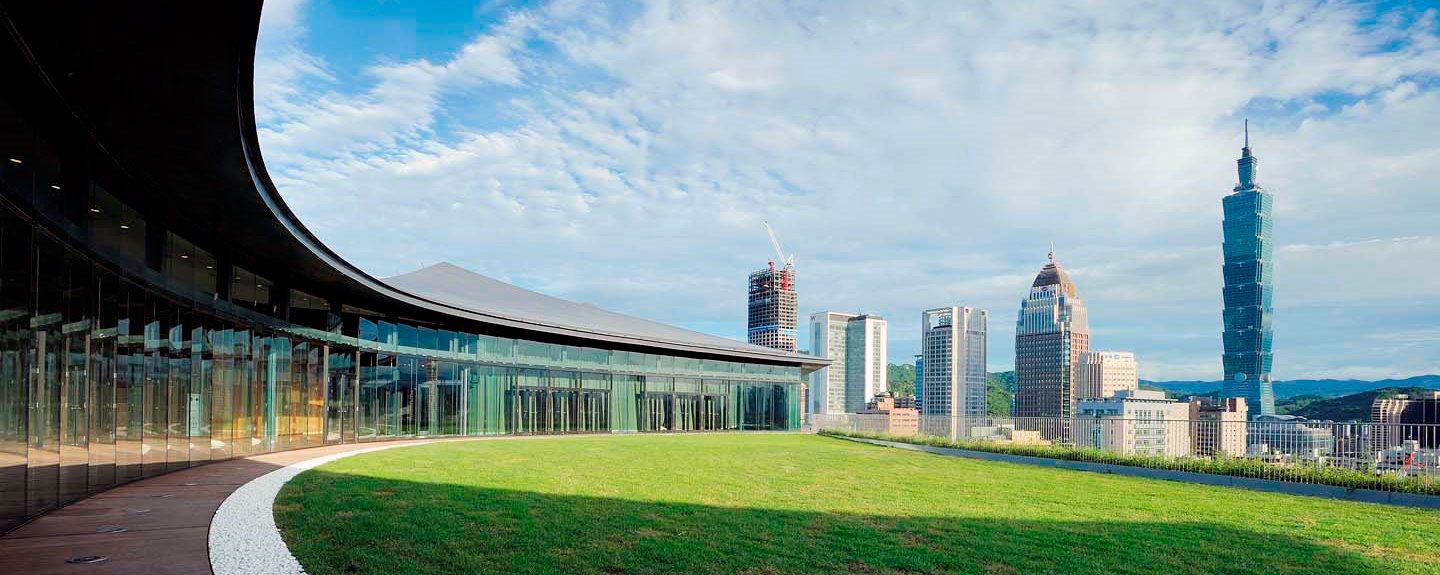
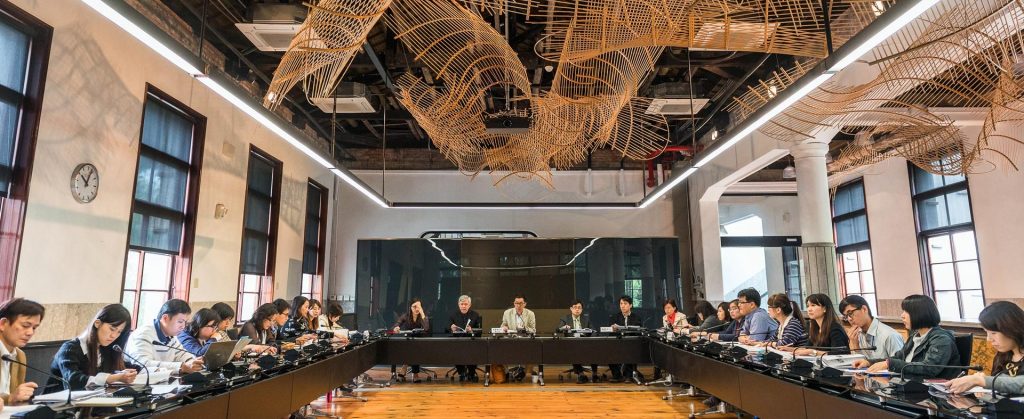
To demonstrate that Taipei City is outstandingly well qualified to host World Design Capital 2016, we produced a stunning promotional video. The production team spent 10 months on the project, including two months of location filming and six months of animation and postproduction. The editing process drew on interviews with 22 individuals and footage from 47 filming locations to distill the final video.
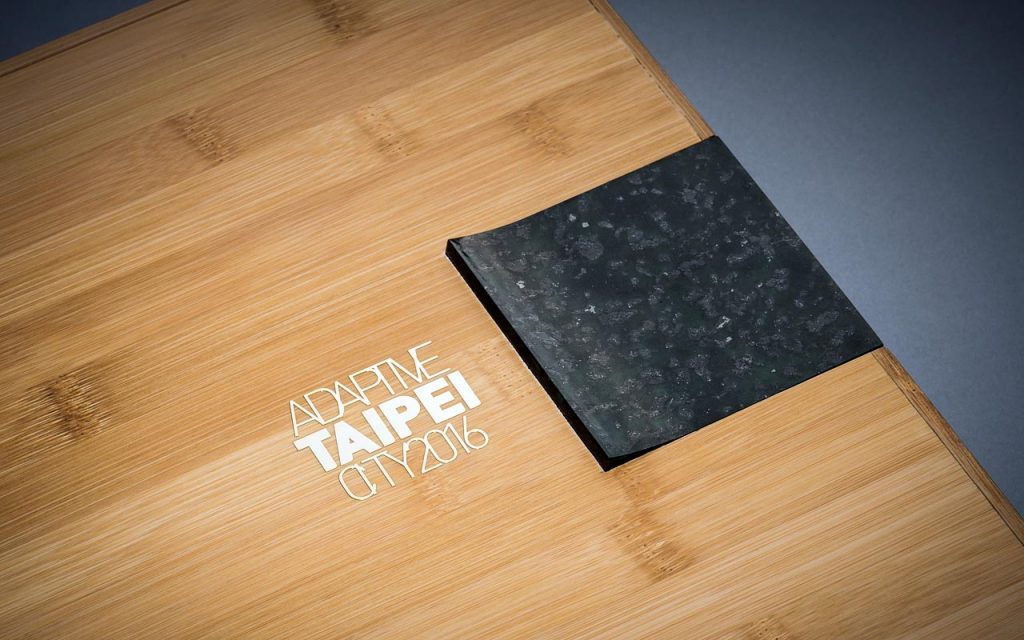
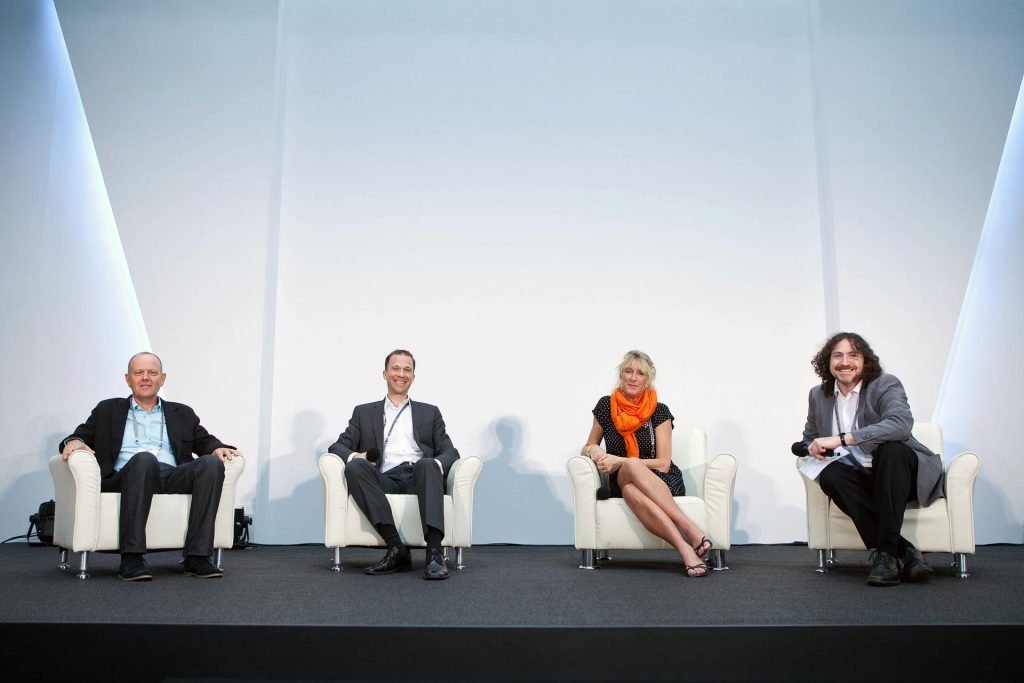




2012.6.29
Taipei officially announces its bid for WDC 2016 on the World Industrial Design Day
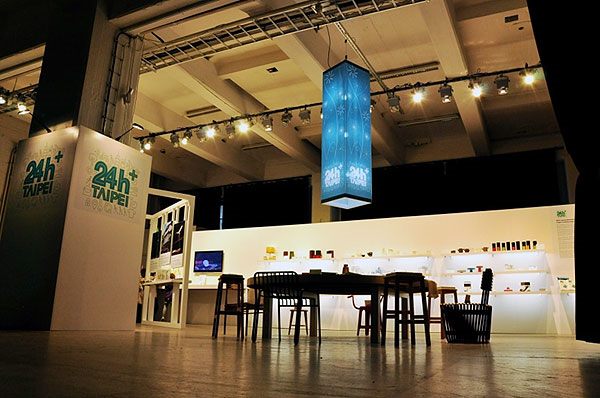
2012.9.9-9.13
Hosting design promotion and exchange activities at Helsinki, Finland
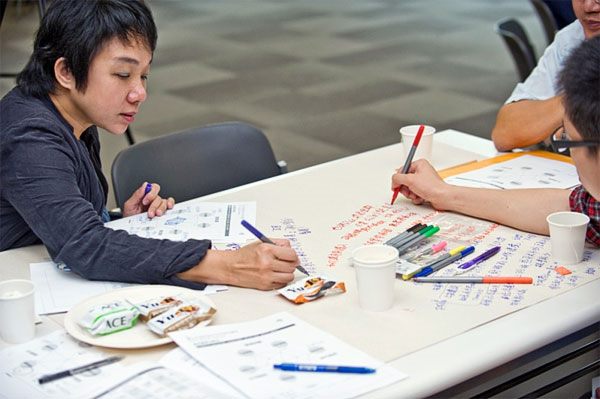
2012.9.25-11.6
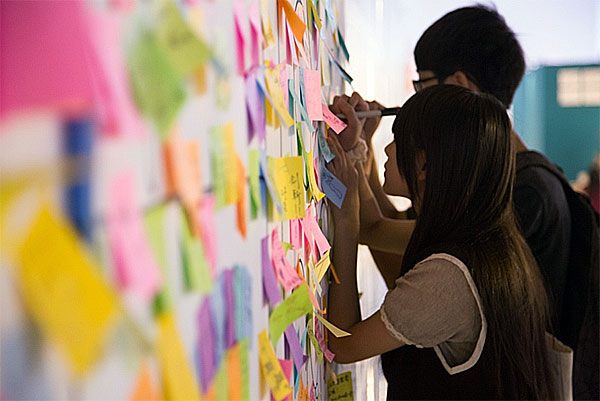
2012.10.5-10.28
Hosting “2012 Taipei Design & City Exhibition”
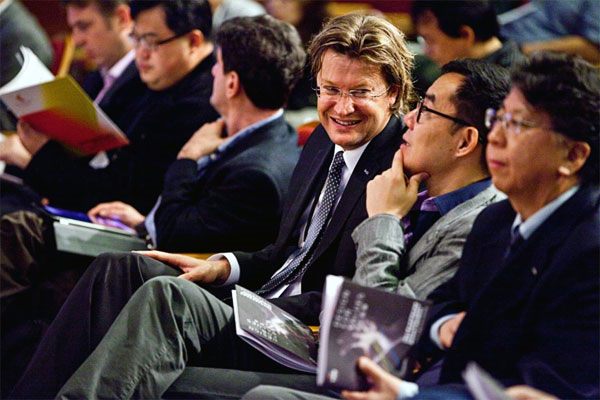
2012.10.4-10.5
2012 Taipei World Design Congress
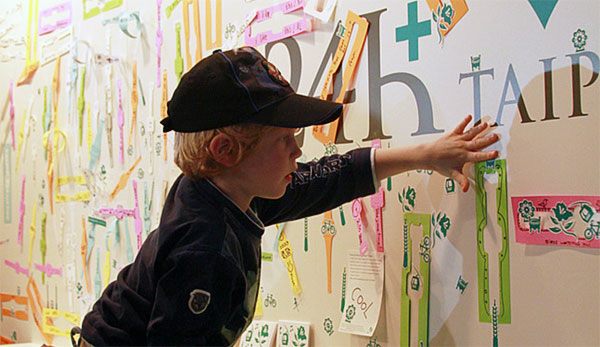
2012.10.20-10.28
Hosting design promotion and exchange activities in Dutch Design Week (DDW) at Eindhoven, the Netherlands
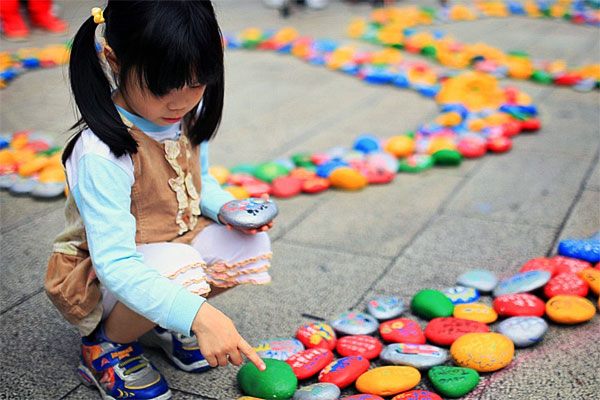
2012.12.9-3.24
Taipei Design Activity- My City My Voice
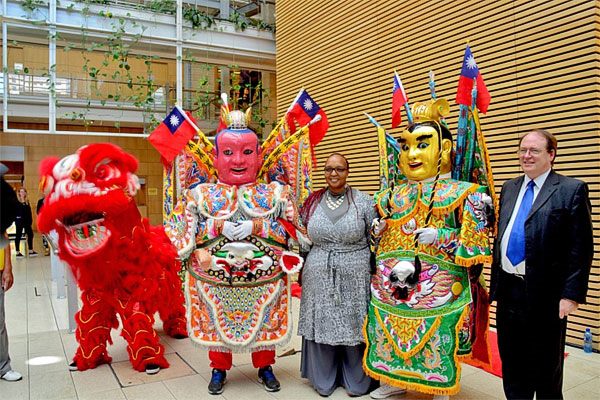
2013.2.27-3.3
Hosting design promotion and exchange activities at Cape Town, South Africa
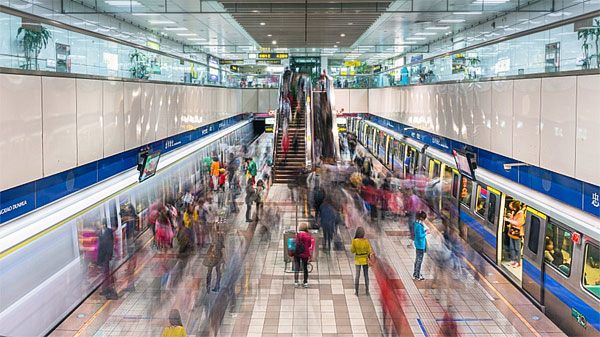
2013.4.30
Activate Public Policy by Design Thinking
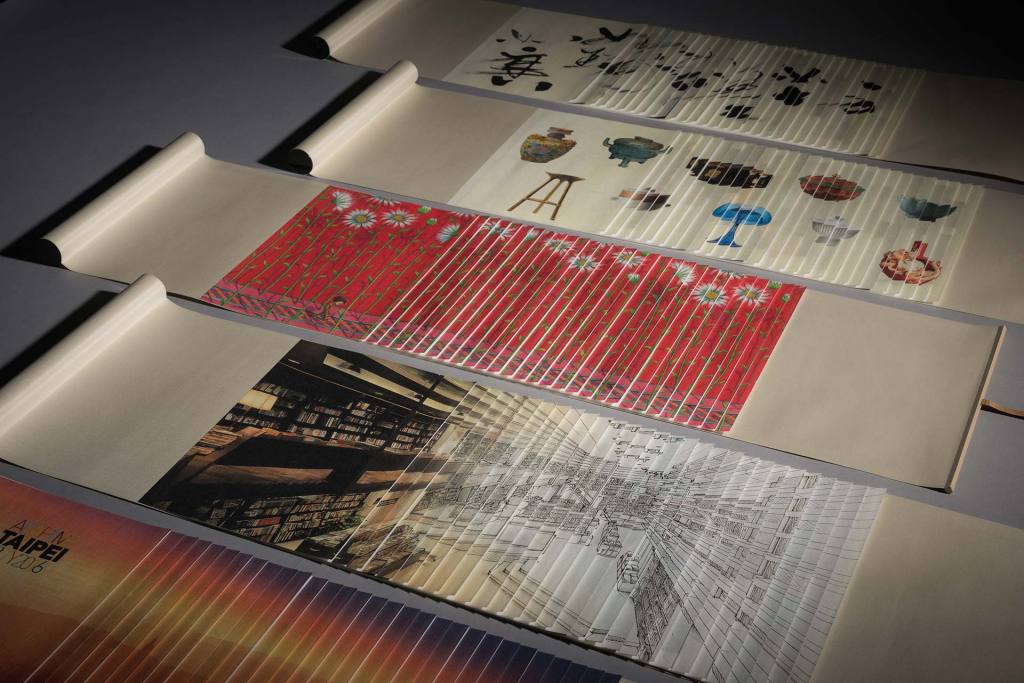 2013.6.20
2013.6.20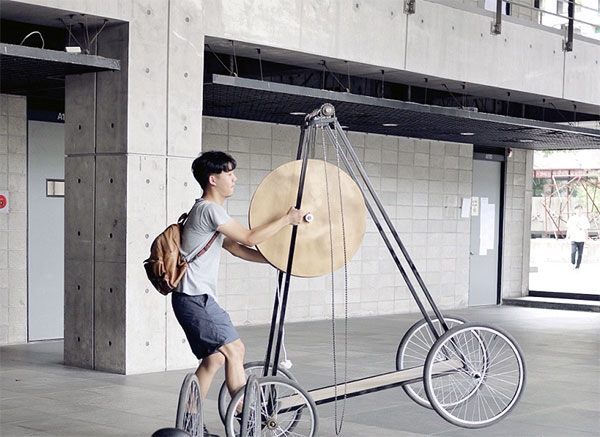
2013.6.20
Bottom-up! Launching Stir Design Plan
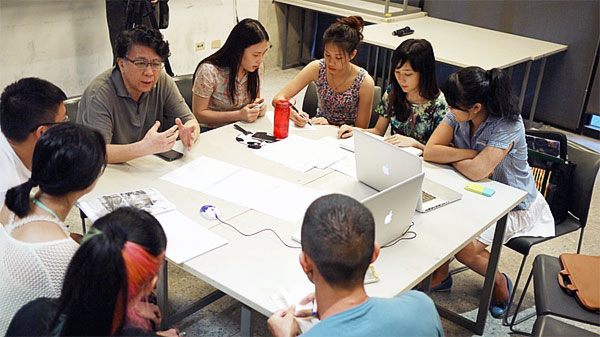
2013.6.22
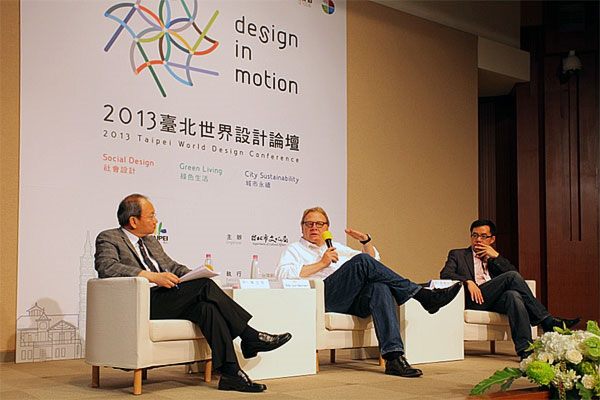
2013.7.3
Connecting Denmark and Taiwan by hosting Design in Motion Conference

2013.8.4-9.30
Meet Taipei: Design
Starting in the year 2013, every summer the “City Yeast” project has unfolded the “Taipei Corner Meets Design” event in Taipei, bringing together close on 200 stores along the streets and alleys of Taipei, as well as the involvement of design and art groups. More than 20 activities were masterminded, including forums, performing arts, exhibitions, signboard renewal, and workshops, which, through inter-connectivity, allowed the public living in Taipei to meet up with design and take part in design on numerous street corners of Taipei. The event further further allowed the public to think about the influences design has on the city.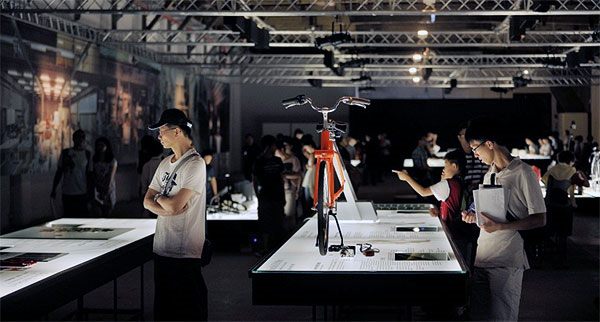
2013.9.8-9.29
Hosting “2013 Taipei Design & City Exhibition”
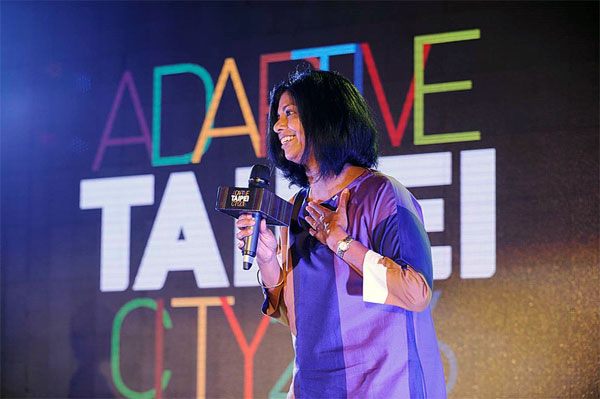
2013.9.12-9.13
Members of the Organising Committee of WDC visit Taipei
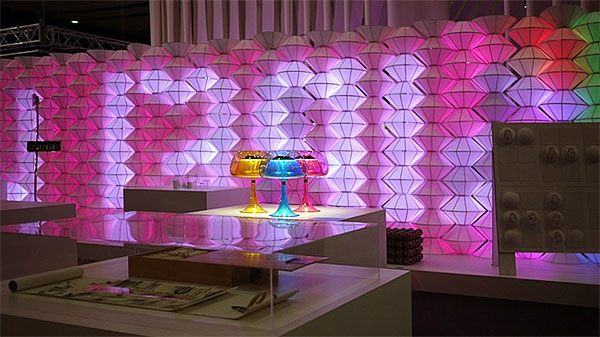
2013.9.18-9.21
Participating in London’s 100% design exhibition
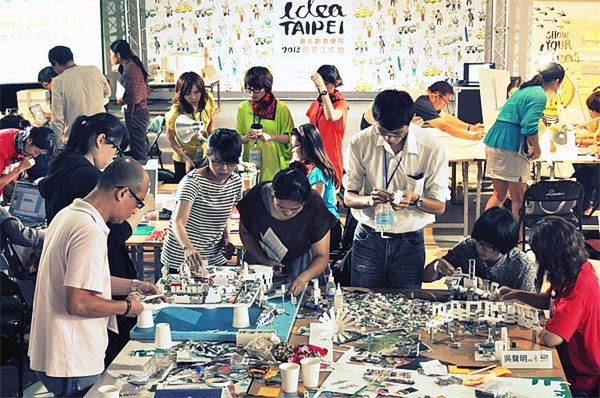
2013.10.15-10.17
「idea TAIPEI」Creative workshop
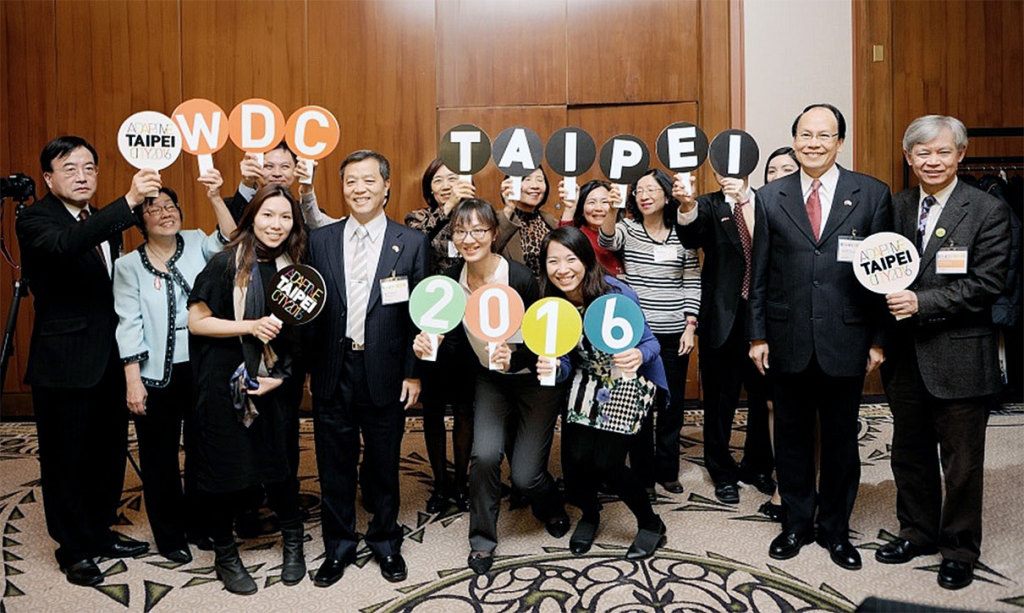
2013.11.18
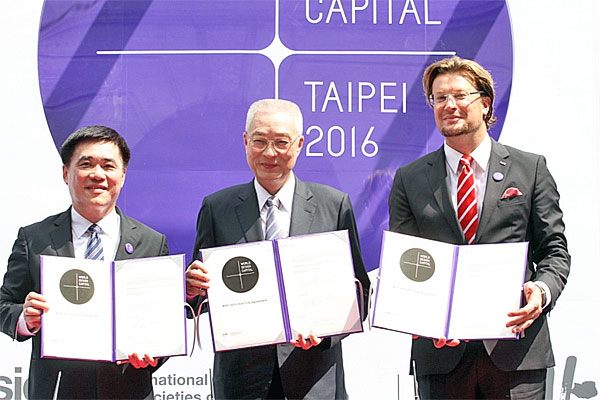
2014.3.2
WDC Taipei 2016 Signing Ceremony
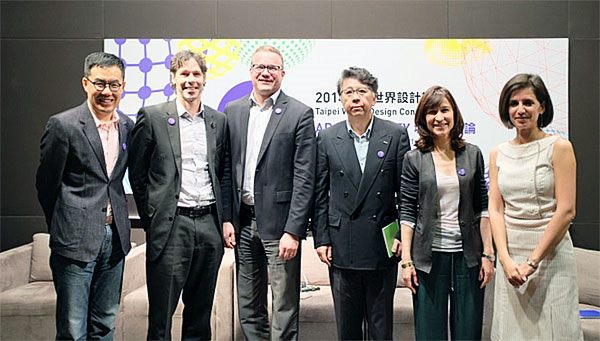
2014.3.29
Hosting the 2014 Taipei World Design Congress
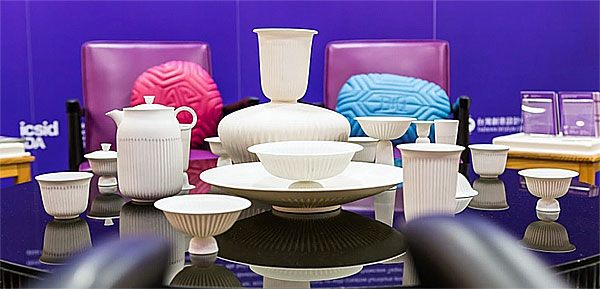
2014.5.28-5.30
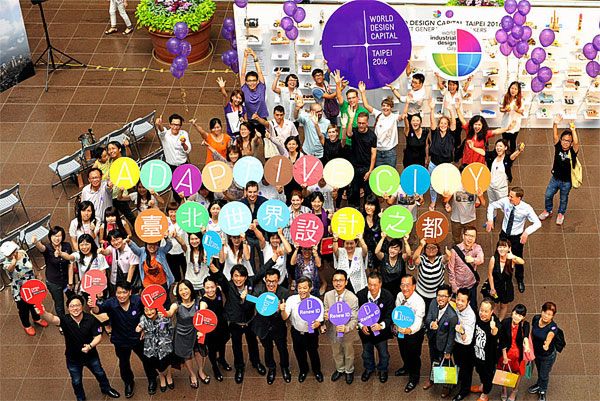
2014.6.29
Hosting “Open Doors” event to celebrate the World Industrial Design Day
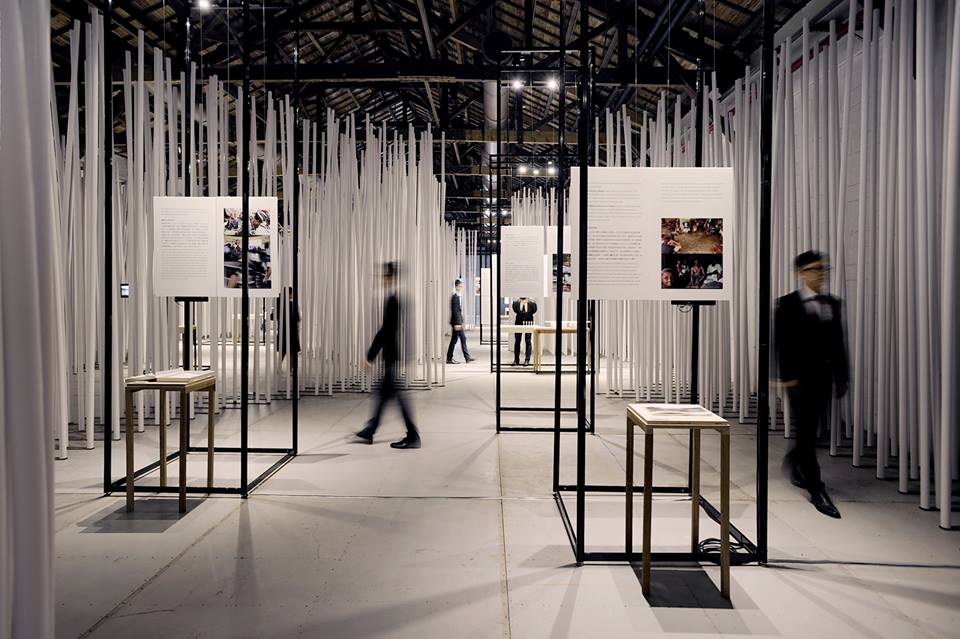
2014.10.4
2014 Taipei Design & City Exhibition
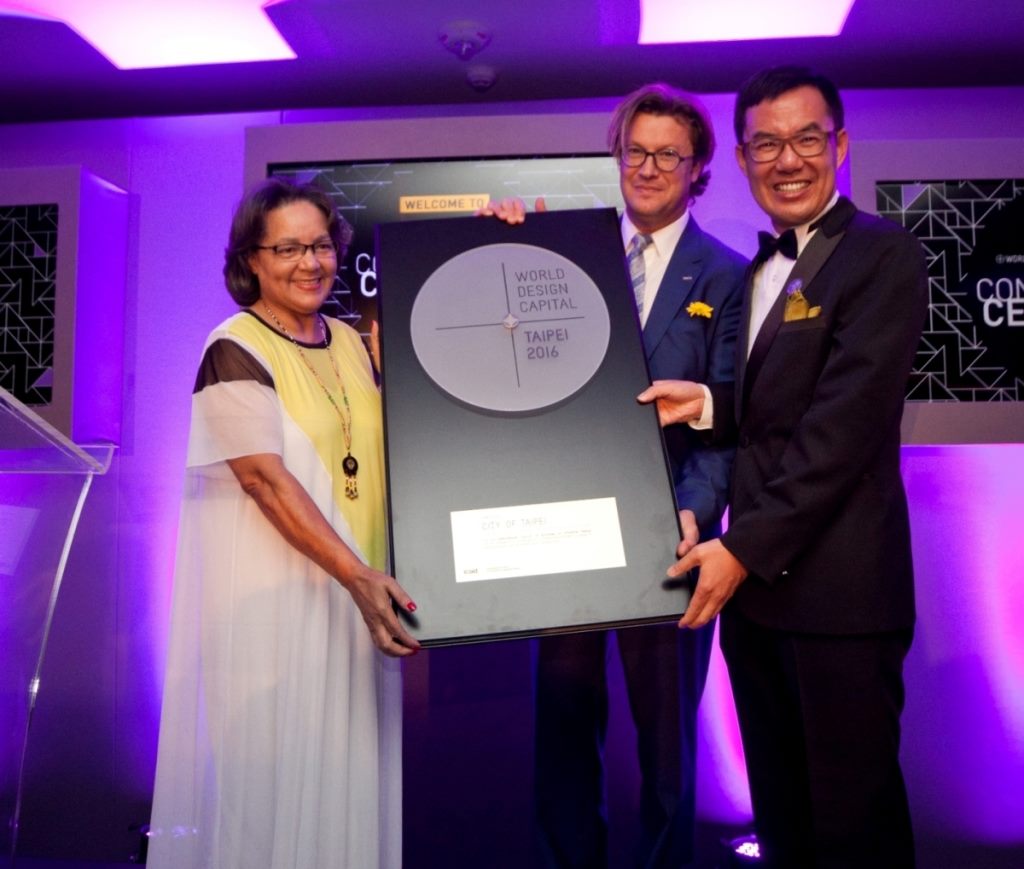
2014.10.18
World Design Capital: Passing the Baton to Taipei City
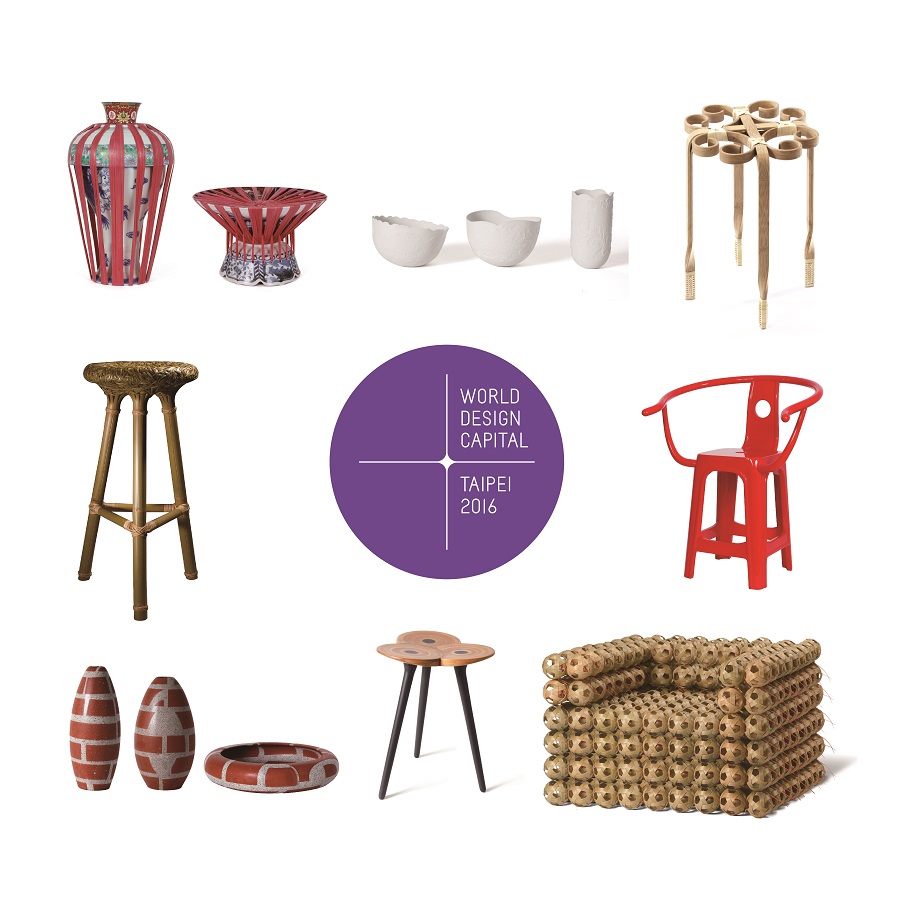
2015.3.16
Embracing WDC 2016:Taiwanese Design Shines in Dubai
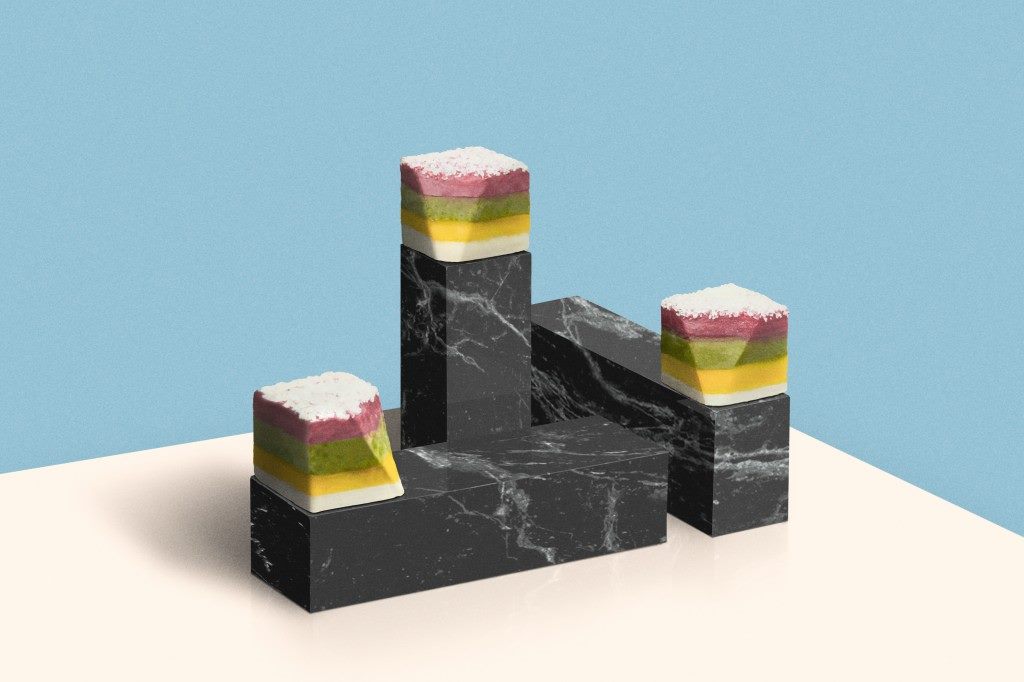
2015.9.24
Eataipei. A sensory exploration of the 2016 World Design Capital at Tent London
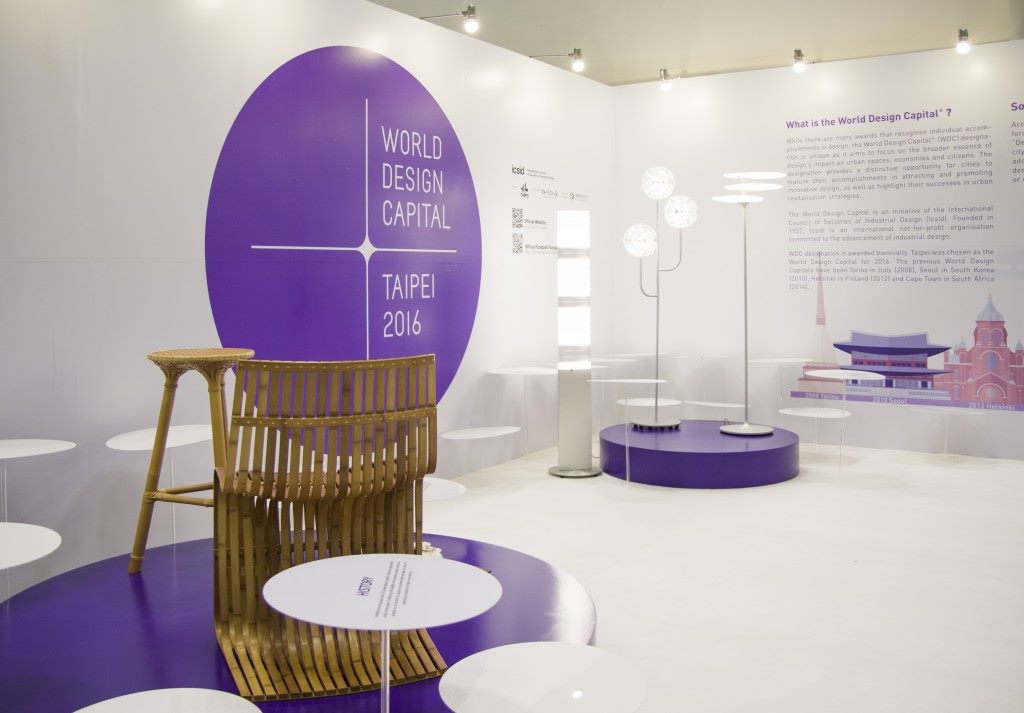 2015.10.19
2015.10.19WDC Taipei 2016 Shouts Out to the World of Professional Design in Gwangju
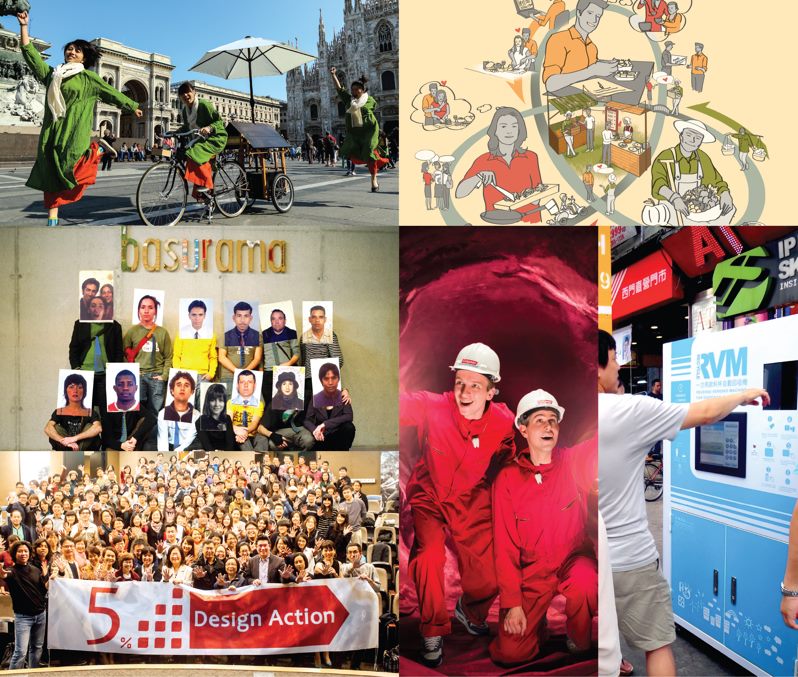
2015.12.31
The selected proposals of International Design Open call
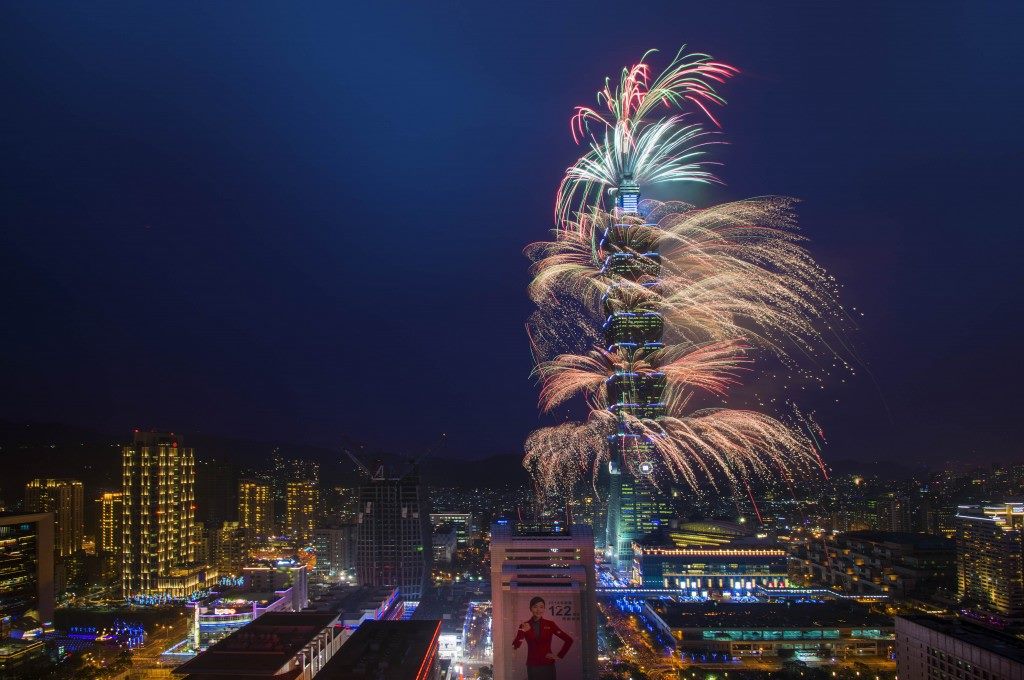
2016.1.1
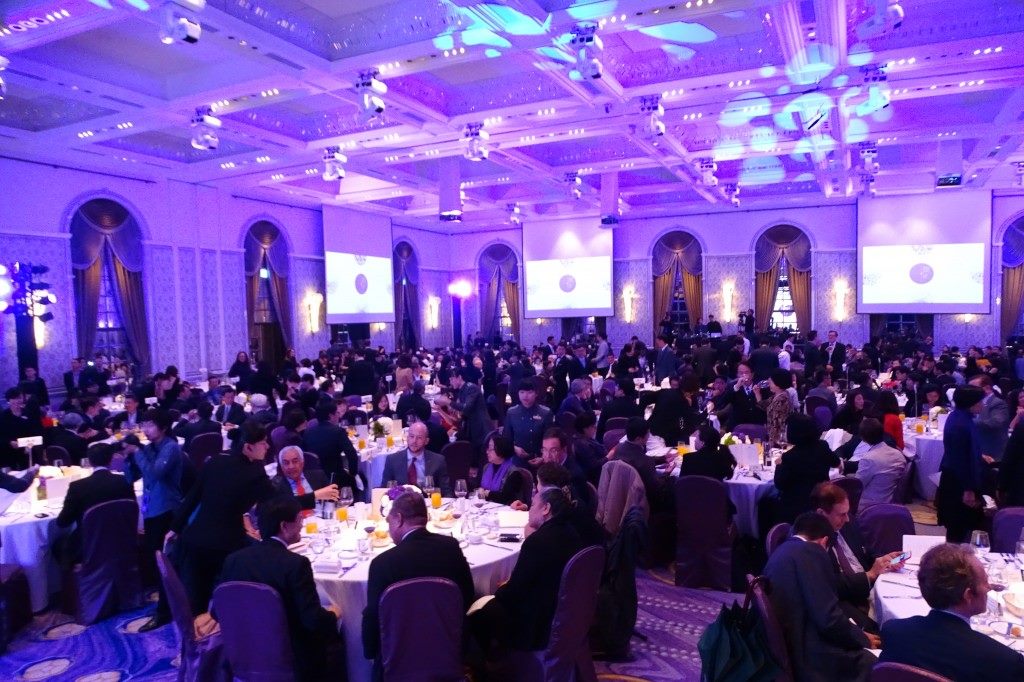
2016.3.18
International Design Solution Design Gala
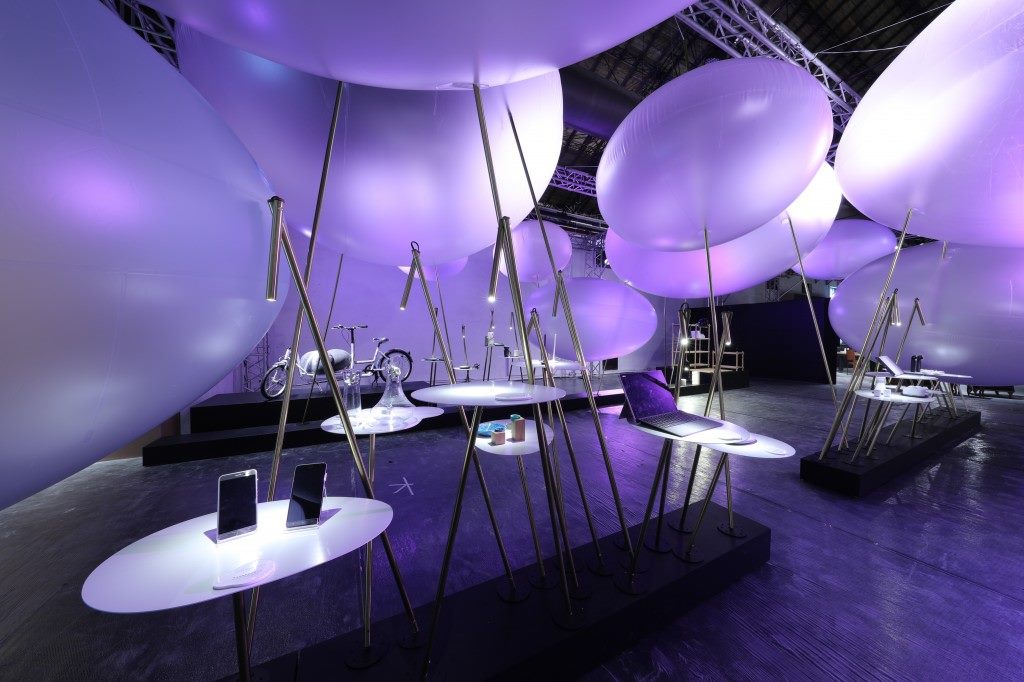
2016.10.13-30
International Design House Exhibition
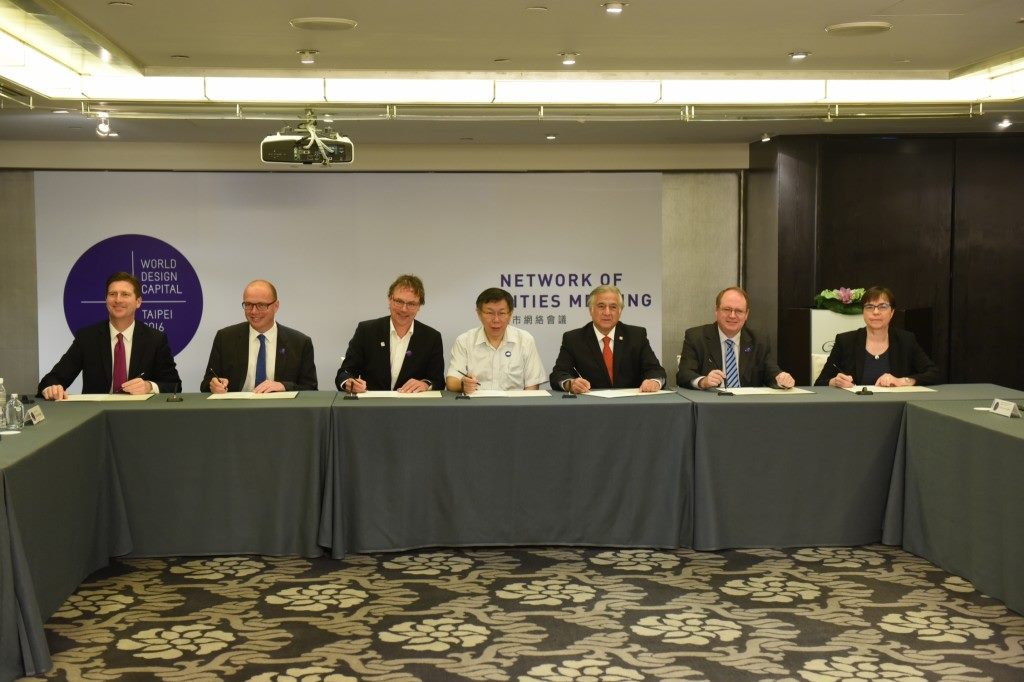
2016.10.13
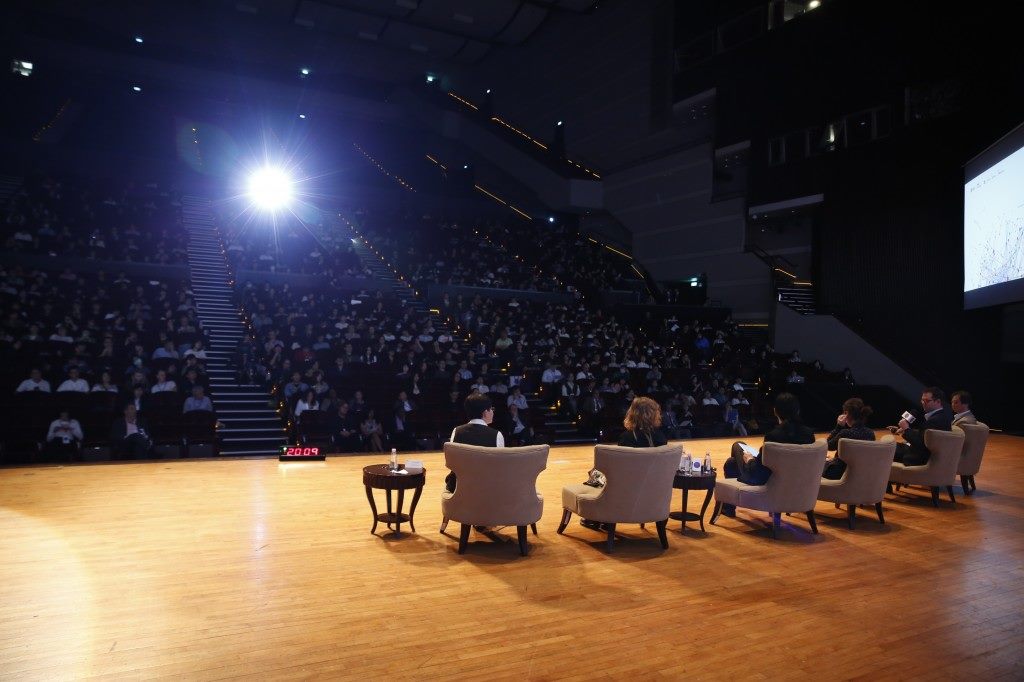
2016.10.15-16
International Design Policy Conference (2016.10.18)
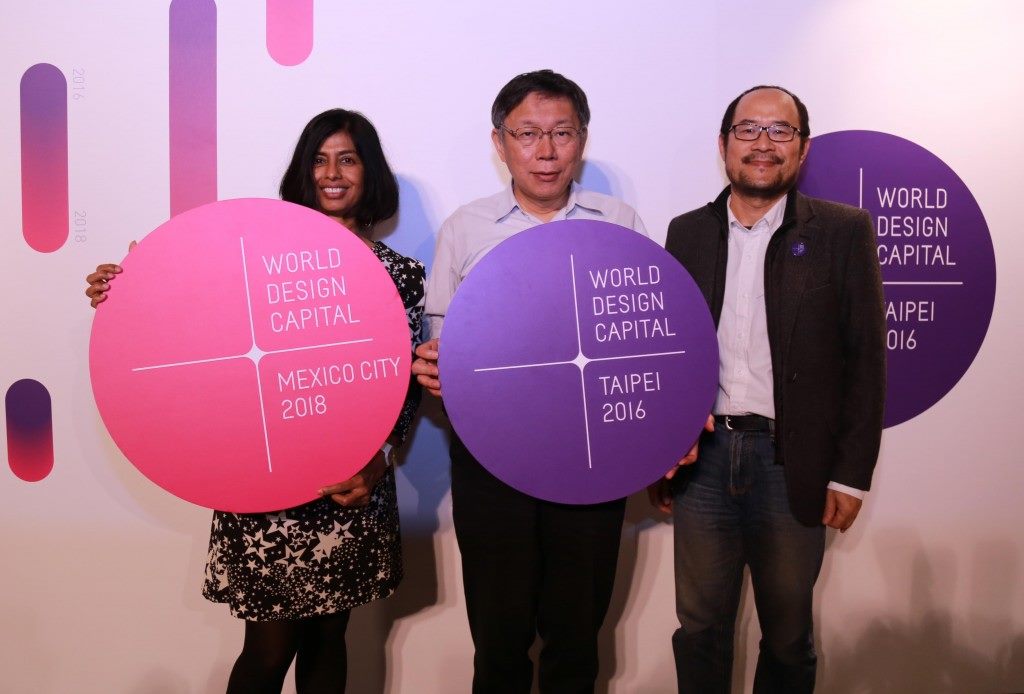
2016.12.21
International Design Week Forum
Taipei’s bid video

![Taiwan.gov.tw [ open a new window]](/images/egov.png)
